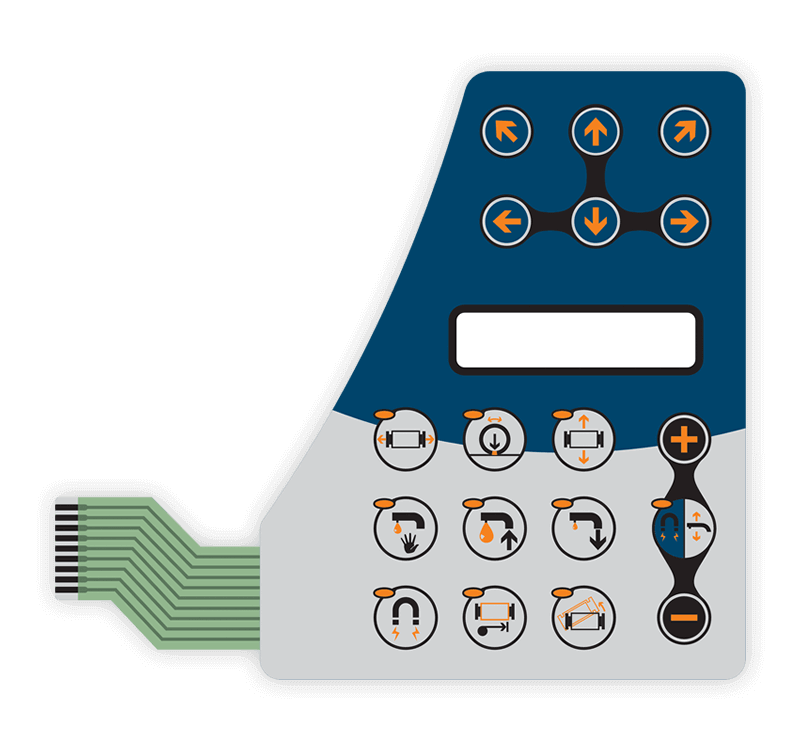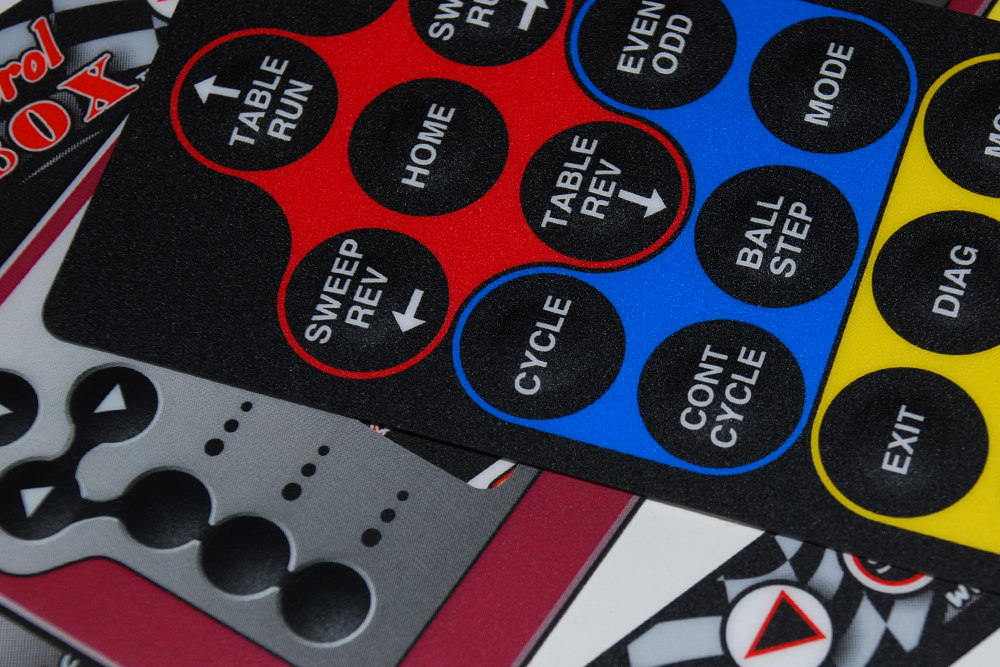How Shatterproof and Wear-Proof Graphic Overlays Extend Product Longevity
How Shatterproof and Wear-Proof Graphic Overlays Extend Product Longevity
Blog Article
Understanding How Graphic Overlays Work to Boost Your Innovative Tasks
Graphic overlays serve as a crucial part in the world of imaginative tasks, improving both visual interaction and target market involvement. The successful assimilation of these overlays calls for mindful factor to consider of style concepts and objectives.
What Are Graphic Overlays?
Graphic overlays are visual aspects that are put on top of a base picture or interface to boost communication and user experience. They serve different purposes, consisting of supplying additional info, leading individual interaction, and improving visual appeal. Usual applications of visuals overlays can be discovered in electronic user interfaces, advertising and marketing, and academic products.

Graphic overlays are often produced using layout software application, permitting designers to control shade, transparency, and dimension to accomplish the desired effect. They can be dynamic or fixed, with animations that attract the viewer's eye and boost interaction. The critical use of graphic overlays not only enhances aesthetic power structure but likewise help in supplying a clear and coherent message. Thus, comprehending just how to successfully carry out graphic overlays is important for designers aiming to raise their creative tasks.

Benefits of Using Graphic Overlays
Using visuals overlays can considerably improve the efficiency of aesthetic interaction throughout numerous mediums. Among the key advantages is the capability to convey intricate details succinctly. By layering graphics, message, and pictures, overlays facilitate the presentation of data in an extra digestible style, making it easier for target markets to realize crucial concepts promptly.
Moreover, graphic overlays can enhance aesthetic charm, accentuating details aspects within a layout. This is particularly advantageous in marketing and marketing, where capturing the viewer's passion is paramount. The tactical use of colors, shapes, and typography in overlays can produce a natural and interesting aesthetic story, boosting brand acknowledgment.
Additionally, graphic overlays provide adaptability in style. They enable designers to adapt material for various platforms without starting from scrape, making sure uniformity across different channels. This versatility is critical in today's electronic landscape, where web content must be maximized for varied tools and styles.
Kinds Of Graphic Overlays
When considering the various kinds of graphic overlays, it is important to acknowledge their varied applications across different markets. Graphic overlays can be classified largely into 3 kinds: useful, decorative, and informative.
Functional overlays are designed to improve the usability of a product. Generally found in electronic devices, these overlays commonly provide tactile feedback via raised buttons or distinctive surface areas, improving user communication. They can additionally function as a safety layer, protecting the underlying components from damage.
Decorative overlays focus on aesthetic improvement, permitting brand names to express their identity webpage with vivid styles and custom graphics. These overlays prevail in packaging, advertising, and point-of-sale products, where visual charm is essential for attracting customers.
Educational overlays, on the various other hand, are made use of to convey essential information or directions. They can be seen in applications such as signs, individual manuals, and instructional graphics, where clearness and readability are vital.
Each kind of visuals overlay offers an one-of-a-kind purpose, adding to the general performance of creative tasks while addressing specific requirements within different sectors. Understanding these distinctions is essential for selecting the appropriate overlay for your job.
Best Practices for Execution
To make sure the successful application of visuals overlays, it is crucial to establish a clear understanding of the task's purposes and the particular needs of the end-users. Begin by carrying out thorough study to determine the target audience and their preferences, as this will certainly inform design selections and performance.
Following, produce a comprehensive plan that describes the overlay's layout, combination, and objective process. This strategy should view include interface considerations, making certain that overlays boost instead of obstruct the individual experience - Graphic Overlays. Maintain and take into consideration the visual pecking order uniformity in style components, such as shade symbols, systems, and font styles, to promote brand name comprehensibility
Examining is vital; collect responses from a depictive sample of customers to determine potential concerns and areas for enhancement. Iterate on the layout based upon user input and efficiency data. In addition, make certain compatibility across numerous tools and systems to make best use of availability.
Devices for Developing Overlays
Creating effective graphic overlays needs the right tools to convert design principles right into practical applications. Numerous software program and systems are available, each customized to details demands and skill levels.
Adobe Photoshop and Illustrator are industry criteria, providing extensive capacities for developing and manipulating overlays. These tools provide advanced functions such as layer management, blending settings, and vector graphics, making it possible for developers to create high-grade and complex overlays.
For those looking for a much more easy to use strategy, Canva and Figma are exceptional use this link options (Graphic Overlays). Canva's instinctive interface permits customers to create overlays quickly using pre-designed themes, while Figma helps with collective design in real-time, making it perfect for teams
In addition, open-source alternatives like GIMP and Inkscape give durable performances without the linked costs of proprietary software program. These tools enable adaptability in design and can fit different data layouts, ensuring compatibility throughout different systems.

Verdict
In final thought, graphic overlays serve as powerful devices for boosting innovative projects by giving visual quality, visual allure, and brand uniformity. By comprehending the fundamental principles and benefits linked with visuals overlays, designers can substantially improve the high quality and performance of their aesthetic interactions.
Graphic overlays offer as an essential part in the realm of creative jobs, enhancing both aesthetic communication and target market interaction.Graphic overlays are typically produced making use of style software program, allowing developers to manipulate size, shade, and transparency to achieve the preferred effect.In addition, graphic overlays can boost aesthetic charm, attracting focus to particular components within a layout.Additionally, visuals overlays offer versatility in design.In conclusion, graphic overlays serve as powerful tools for enhancing creative tasks by offering aesthetic clearness, aesthetic charm, and brand uniformity.
Report this page